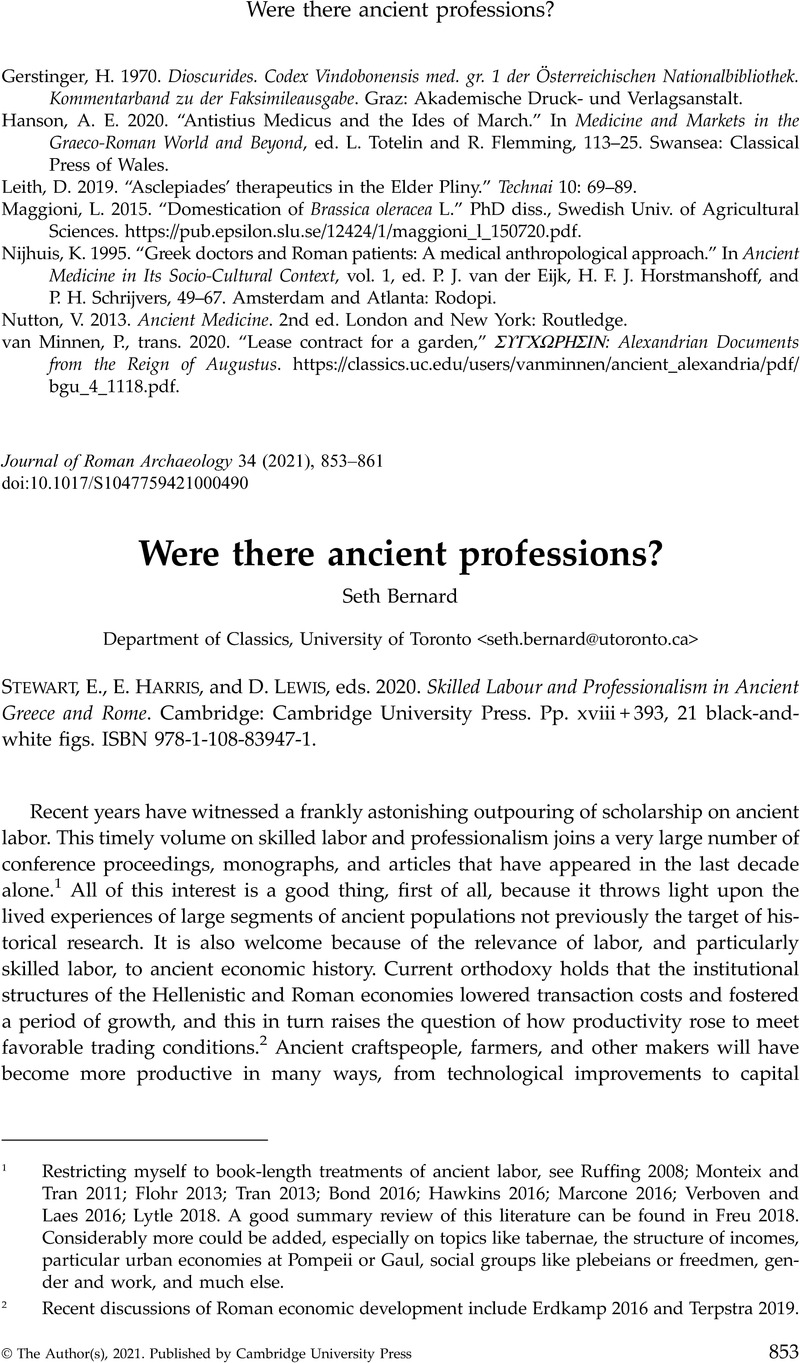Crossref Citations
This article has been cited by the following publications. This list is generated based on data provided by Crossref.
Bernard, Seth
2024.
The premium for skilled labor in the Roman world.
Explorations in Economic History,
Vol. 91,
Issue. ,
p.
101516.



